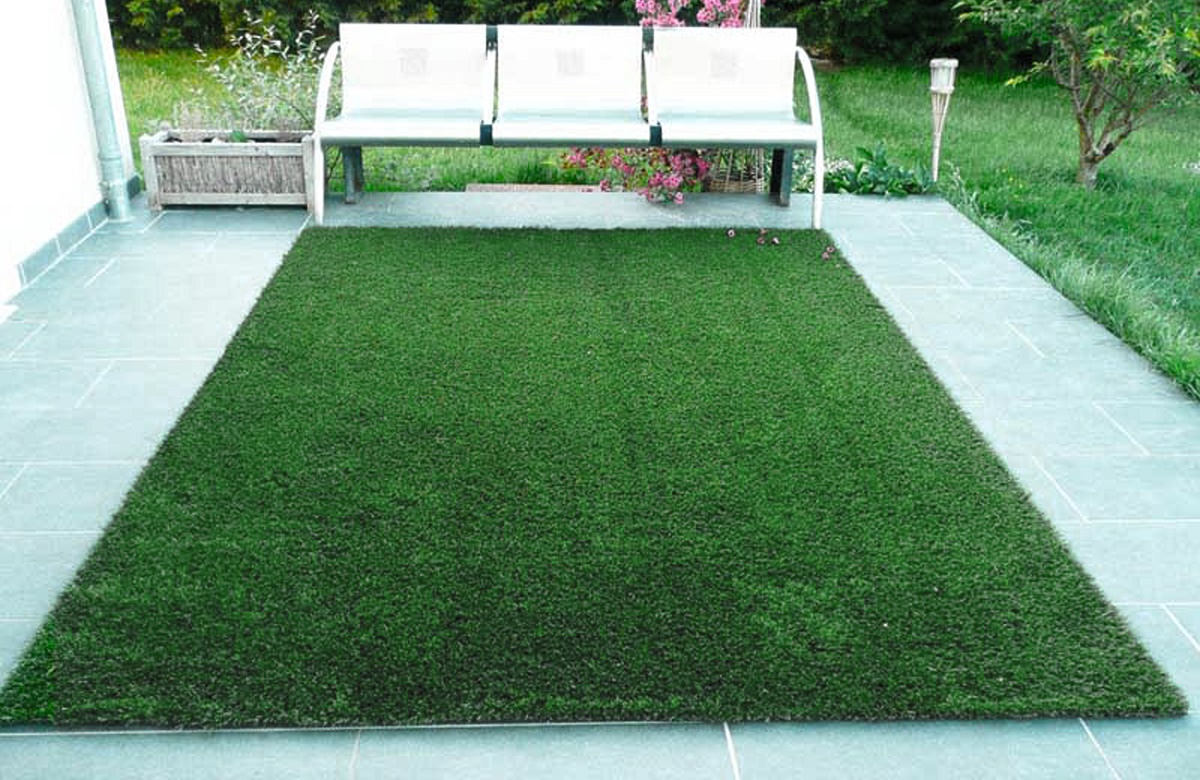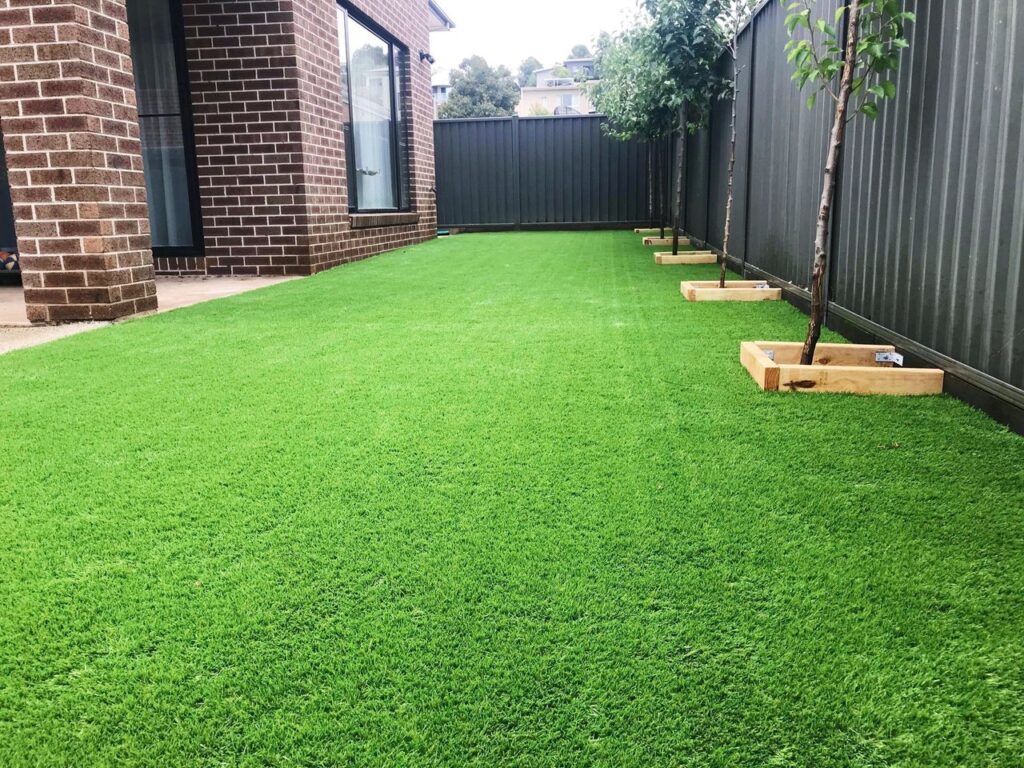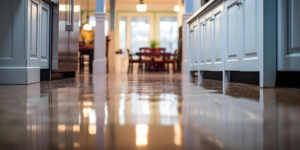Choosing between artificial grass and natural grass for your outdoor space can be challenging. Both options come with their own set of advantages and disadvantages, making the decision largely dependent on your specific needs, lifestyle, and budget. This guide provides a detailed comparison of artificial grass and natural grass, considering factors like cost, maintenance, aesthetics, environmental impact, and more.
Cost Considerations
Artificial Grass
Artificial grass typically has a higher upfront cost due to materials and installation. However, once installed, it requires minimal ongoing expenses. There is no need for fertilisers, pesticides, or regular mowing, making it a cost-effective solution over time.
Natural Grass
Natural grass is generally cheaper to install initially, especially if you opt for seeding rather than sod. However, ongoing costs can add up due to water usage, mowing equipment, fertilisers, pest control, and potential replanting needs.
Verdict
While artificial grass is more expensive initially, it becomes more economical in the long term due to its low maintenance costs.
Maintenance Requirements
Artificial Grass
One of the biggest advantages of artificial grass is its low maintenance. It doesn’t require watering, mowing, or fertilising. Occasional cleaning and brushing to remove debris and maintain its appearance are usually sufficient.
Natural Grass
Natural grass demands significant maintenance, including regular mowing, watering, fertilising, and aerating. Additionally, you may need to deal with weeds, pests, and seasonal replanting to keep it looking its best.
Verdict
Artificial grass is the clear winner in terms of maintenance, making it an excellent choice for those with busy lifestyles or limited gardening skills.
Aesthetic Appeal
Artificial Grass
Modern artificial grass has come a long way in mimicking the look and feel of natural grass. It remains lush and green year-round, regardless of weather conditions, and is available in a variety of styles and shades to suit your preferences.
Natural Grass
Natural grass has a unique appeal that is hard to replicate. Its texture, smell, and seasonal changes provide an authentic connection to nature. However, its appearance can be affected by weather, soil quality, and maintenance practices.
Verdict
If you value consistency and year-round greenery, artificial grass is a better choice. For those who appreciate the authentic beauty of nature, natural grass may be more appealing.
Environmental Impact
Artificial Grass
Artificial Grass Blyth is made from synthetic materials like polyethylene, polypropylene, or nylon, which are not biodegradable. Its production involves significant energy consumption, and it does not support local ecosystems. However, it reduces water usage and eliminates the need for harmful pesticides and fertilisers.
Natural Grass
Natural grass supports local ecosystems by providing a habitat for insects and small animals. It also helps improve air quality by absorbing carbon dioxide and releasing oxygen. However, maintaining a lush natural lawn often requires substantial water use and the application of chemical fertilisers and pesticides, which can harm the environment.
Verdict
Neither option is entirely eco-friendly, but natural grass tends to have a smaller environmental footprint if maintained sustainably.
Durability and Longevity
Artificial Grass
Artificial grass is highly durable and can last 15 to 20 years with proper care. It is resistant to wear and tear from foot traffic, pets, and weather conditions, making it ideal for high-use areas.
Natural Grass
Natural grass is less durable, especially in areas with heavy foot traffic or extreme weather. It can become patchy, muddy, or dry over time and may require frequent reseeding or repair.
Verdict
Artificial grass is more durable and better suited for high-traffic areas or climates with extreme weather.

Water Usage
Artificial Grass
Artificial grass requires no watering, making it an excellent choice for regions with water scarcity or strict water conservation policies.
Natural Grass
Maintaining natural grass involves regular watering, especially during hot and dry seasons. This can lead to significant water consumption and higher utility bills.
Verdict
Artificial grass is the more water-efficient option, particularly in drought-prone areas.
Safety and Comfort
Artificial Grass
Modern artificial grass is designed with safety in mind. It is often non-toxic, cushioned for comfort, and resistant to pests. However, it can become uncomfortably hot in direct sunlight and lacks the cooling effect of natural grass.
Natural Grass
Natural grass stays cooler in the heat, providing a comfortable surface for outdoor activities. However, it can attract pests and may require chemical treatments, which could pose safety concerns for children and pets.
Verdict
Both options have safety benefits, but natural grass may be more comfortable in hot climates.






